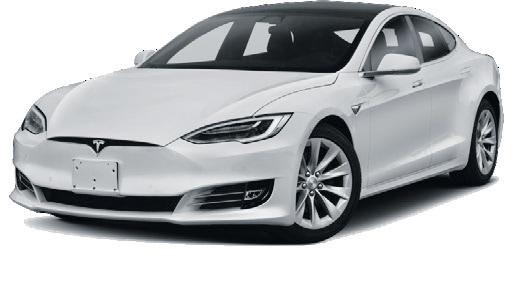
9 minute read
Motoring
CUPRA ATECA SUV: DETAILS ANNOUNCED
Cupra Ateca has a high stance that gives it an SUV-type look EWAN KENNEDY

Cupra Australia has announced the basic Australian model launch also includes the Leon
Cupra Ateca rides on selected outlets of the announced closer to the
Cupra is directed Group Australia (VGA)
Cupra represents a
SALES OF ELECTRIC VEHICLES IN AUSTRALIA MORE THAN TRIPLED IN 2021
Tesla Model 3 is the runaway leader in the Australian EV sales race EWAN KENNEDY
The Electric Vehicle Council has released 2021 that: “Australia at the precipice of an EV economic boom – if the EV) more than tripled in
MODELS: Tesla Model 3 (EV): Mitsubishi Outlander and that momentum could to introduce Australian
JAGUAR I-PACE GETS ELECTRONIC UPDATES
Premium Black Pack option gives Jaguar I-Pace a sinister look.
EWAN KENNEDY
be offered Alexa in a of Electrical and said: “The seamless it possible to control compatible smart home
centre console features a enables customers to set a desired start a Premium door mirror caps and

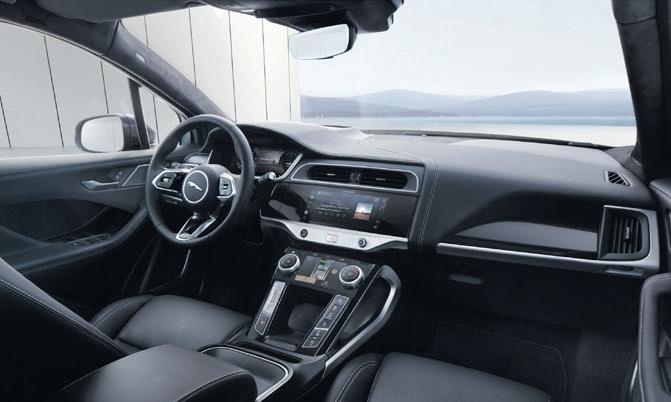
The latest Tucson adds fresh bold looks to its well-established reputation. LATEST HYUNDAI TUCSON IS BIGGER AND BOLDER
Hyundai’s mid-sized SUV Tucson has been around since 2004. The current (fourth generation) was released here in February 2021.
There are three variants: Tucson, Tucson Elite and Tucson Highlander with three powertrains: 2.0-litre petrol, 1.6-litre turbo-petrol and 2.0-litre turbo-diesel engines. Hybrid and plugin hybrid are available overseas but are unlikely to come here in the near future due to RHD production constraints.
Our test vehicle was the Highlander 1.6-litre turbo-petrol AWD priced at $50,000 plus on-road costs.
STYLING
We love the adventurous new styling route that Hyundai is taking and, like the IONIQ 5 and Staria that we’ve reviewed recently, the latest Tucson is a real head-turner. The large hatched grille gives a bolder look than before daytime running lights in a crescent formation. The and automatically adjust to the sides for improved cornering visibility.
The Gen 4 Tucson sits on a longer wheelbase than its predecessor with a longer bonnet and shorter overhangs on the outside and extra cabin space.
All variants can be Packs which add sportsinspired styling (but not performance) including skid plate, bumper, bodycoloured cladding and 19-inch alloy wheels. Prices vary according to standard features so $3500 for the base Tucson, $2000 (Elite) and $1000 (Highlander). in fashion and is topped with contrasting black roof rails. The wheel arches, rather than following the round shape of the wheels, come in a distinctive angular shape.
The rear comes with wide-set lighting with the Hyundai badge embedded into the rear glass.
There are seven exterior colour choices, six of them costing an extra $600.
INTERIOR
Inside the Tucson the styling is neat and functional rather than trying and comfortable and all the controls are well-positioned and easy to operate with minimum driver distraction.
There’s a classy look all around with a bridge-style centre console, powered leather front seats (Elite and Highlander), heated front seats and electrically adjustable driver’s seat, dual-zone air-conditioning, smart key and push-button engine start / stop.
The range-topping Tucson Highlander gets a powered sunroof.
The longer wheelbase provides excellent legroom in all seats and there’s plenty of front and rear headroom.
The boot holds up to 539 litres with the rear seatbacks in place and 1860 litres when they are folded. full length, there’s a fullsize spare wheel beneath.
A rear seat alert reminds the driver to ensure the seats are empty when leaving the vehicle.
ENGINES / TRANSMISSIONS
Three powertrains are offered. All variants get the option of a 2.0-litre petrol engine generating 115 kW of power and 192 Nm of torque paired with a sixspeed automatic and frontwheel drive is available in all variants.
Elite and Highlander add the choice of a 1.6 turbo-petrol (132 kW and 265 Nm) with seven-speed DCT and all-wheel drive, or a 137 kW / 416 Nm 2.0 turbo-diesel with eightspeed torque convertor automatic and AWD. Both have pushbutton gear selection and shift paddles. consumption is 8.1 litres per 100 kilometres from the km from the 1.6-litre turbopetrol with the diesel at 6.3
INFOTAINMENT
All models have touchscreen multimedia displays embedded into the middle of the dashboard, 8-inch in the entry level Tucson and a larger 10.25-inch in the Elite and Highlander to cater for satellite navigation comes with the option of wide-screen or split-screen view of map or navigation and audio. a smaller (4.2-inch) digital instrument cluster than the 10.25-inch display in the two higher variants. All have a digital speedometer.
There are short-cut buttons below the screen for the most commonly-used features.
Apple CarPlay and Android Auto are available across the range, wireless in the Tucson and connected in the higher spec models.
DAB+ digital radio is also standard in Elite and Highlander but, given that we live outside the Sydney metropolitan area, it was pointless trying to use it. Indeed, because the radio defaulted to DAB+ stations rather than to FM we found it frustrating to use. Highlander features an eight-speaker Bose premium audio system. Tucson and Elite have a sixspeaker unit.
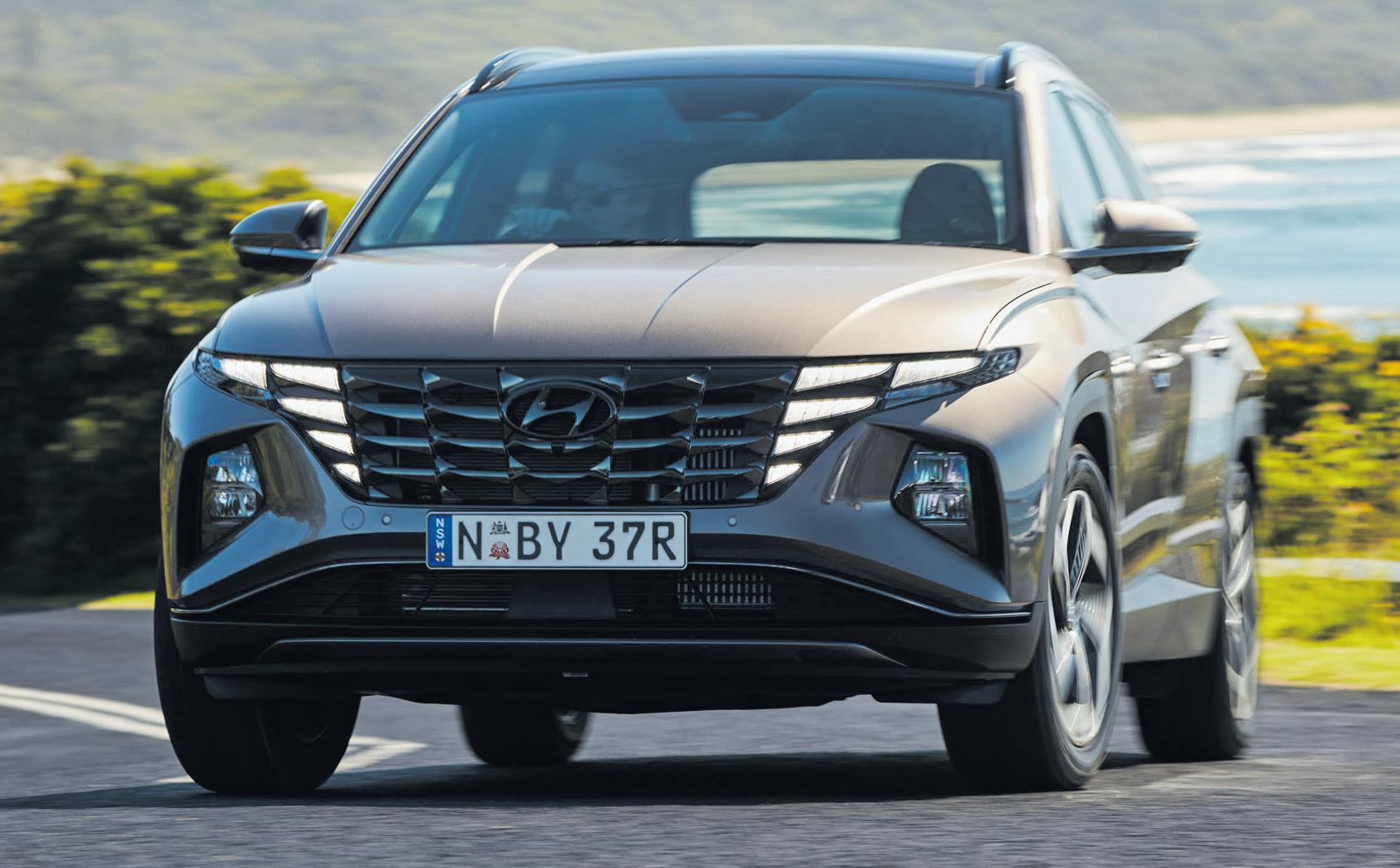
SAFETY
All Tucson models come with the same comprehensive list of safety features starting with front, side (thorax), curtain. A front-centre airbag stops serious injuries by preventing the driver and the front passenger from hitting each other.
Other passive safety features include; roll-over sensor; stability and traction control including trailer stability control; enhanced ABS brakes; emergency stop signal; tyre pressure monitoring; hill-start assist and multi-collision braking.
The Hyundai Smartsense suite adds advanced features such as smart cruise control; forward collision avoidance assist (including pedestrians and cyclists); blind-spot collision avoidance assist; blind spot view monitor; driver inattention warning; leading vehicle departure alert; remote parking assist and surround view monitor (Highlander only); parking collision avoidance assist; lane follow assist; intelligent speed limit assist; intelligent speed limit assist; safe exit warning; and rear cross
All variants have a rear-view camera and rear parking sensors, with front sensors added in the Elite and Highlander.
DRIVING
Entry into Tucson only needed the minimum degree of bending and once ensconced behind the wheel the seats are comfortable and supportive.
Visibility is excellent in all directions and the driving position is relatively high.
Both the front seats in the Highlanders are powered with the driver also getting a memory function. The steering wheel has height and reach adjustments.
Unlike most previous Hyundai models, the Tucson didn’t get the Australian local ride-andhandling input. However, the engineers at the company’s Namyang R&D centre have learnt enough from previous Australian tests to be able to mirror our challenging conditions. They’ve done a good job and Tucson is well-balanced ride. Steering is relatively heavy but direct.
The Tucson’s cabin is suited for long distance cruising.
Fuel consumption is listed at 7.2 litres per 100 kilometres, we averaged 8.1 during our test.
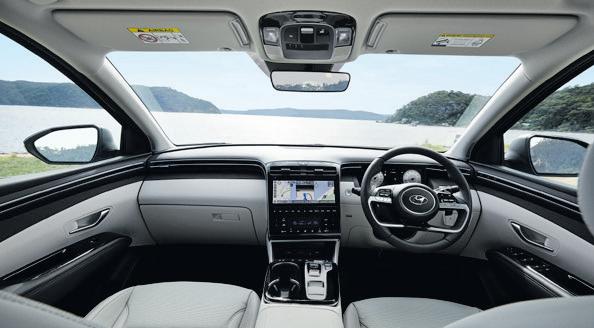
Specialising in 4x4 SUSPENSION & LOAD CARRYING SOLUTIONS
including bull bars & 4x4 accessories

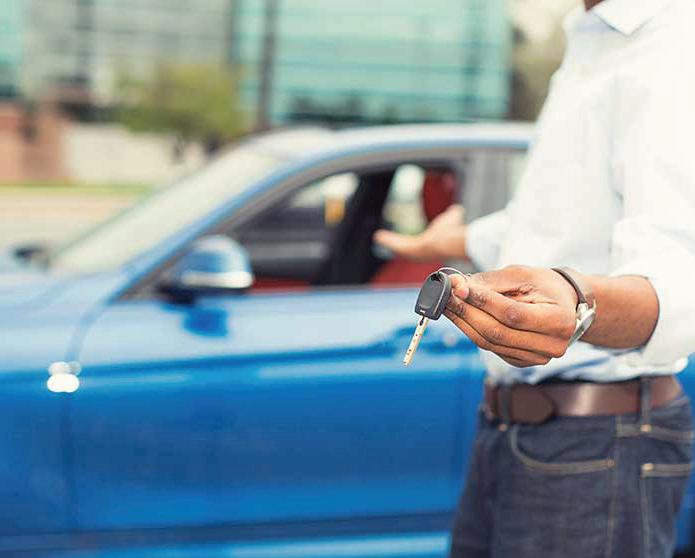




Niro . . . almost good enough to buy. KIA NIRO ELECTRIC SPORT
Kia Niro is a small to seat SUV that comes in hybrid, plug-in hybrid and fully-electric form.
All things considered, consider buying. As a
STYLING
Niro is priced from $39,990 for the hybrid, interested in -- the Niro Pure Electric -- starts from $62,590. choose from: S ($62,590) and Sport ($65,990). Premium paint adds $520 and includes all colours apart from Clear White
While the price may be a little steep, the stamp duty on EVs, offer buyers a $3000 rebate as duty. due to come into effect until 2027 -- and a lot of things could change
The entry model Niro gets single zone touchscreen, electronic hold, smart cruise control, inch aerodynamic alloy and solar glass for the
Sport retains single zone air, but adds LED headlights, a 10.25-inch display and dynamic parking guidelines, plus premium seats, alloy sports pedals, auto up and an electrochromatic rear
Entry S gets combination cloth and lists premium trim (presumably leather). it says leather appointed may comprise genuine leather, polyurethane and other man-made materials -- or a combination thereof.
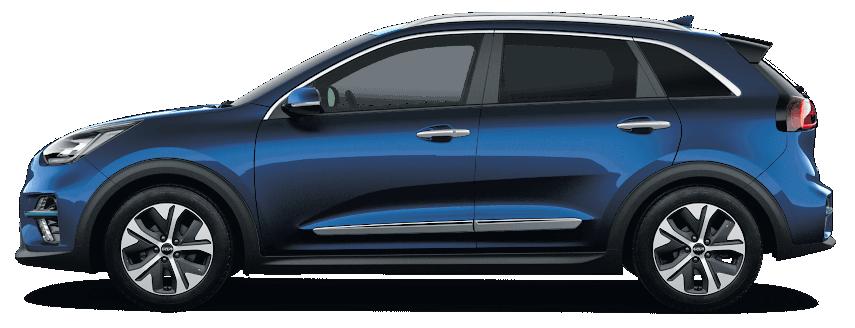
INFOTAINMENT
Wireless Apple CarPlay
ENGINES / TRANSMISSIONS
Its electric motor generates 150kW of the latter from zero all the speed transmission that
SAFETY
Across the range there are Lane Keep Assist, Lane Cruise Control and Detection and Rear
DRIVING
cooled, lithium-ion battery pack has a 64kWh, and is under the
With a 64kWh battery and energy consumption maximum of 455km per cent economy rating -- charging just the once. Eco+, Normal, Sport. A compensates for lack of noise from the electric you can turn it off.
It rides on aerodynamic rubber. to explaining the feel of plus asking price. For example, the instrument cluster is dominated by lack the eye-candy releases.
Other niggles include manual seat adjustment, annoying lane change phone charging. feasible. The ride is a bit bouncy side. Combine a surprising amount of roads.
Punch the accelerator back off and it pretty much brakes itself -- you brake pedal.
When it comes to EVs, are most interested in are range and the time it takes to recharge the car.
Charging, unfortunately, takes ages unless you more oomph than the
The basic charge cable take up to 29 hours to fully charge the battery hours and 35 minutes to recharge.
DC Fast charging, from charger or 54 minutes
Charging is 2 AC or CCS Combo 2 DC connections. Note that not all chargers you come across support all types of connection and keeps track of the nearest charge station.
You can set the date to charge the battery to make use of off-peak tariffs. means that a long use little or none of the precious charge. In fact, kilometres. The energy either through direct braking or by the use paddles. braking can be selected paddles. The EV models pulling and holding the right paddle. the system controls the style of the car in front through radar. enabled by holding the left paddle, can to a halt. because the battery pack is under the passenger
SUMMING UP
Kia says it is considering buyers are interested. gain. satisfy their needs be a good thing? As it stands Kia Niro Pure Electric stumbling block remains the price.
MODEL RANGE
$50,490 Niro EV S: $62,590 Niro EV Sport: $65,990 Note: These prices do charges. Contact your local Kia dealer for
SPECIFICATIONS
(Kia Niro Pure Electric kW Nm Fuel Type: Electricity Range: 455km STANDARD WARRANTY: kilometres 150,000km
CAMPBELL SPARES

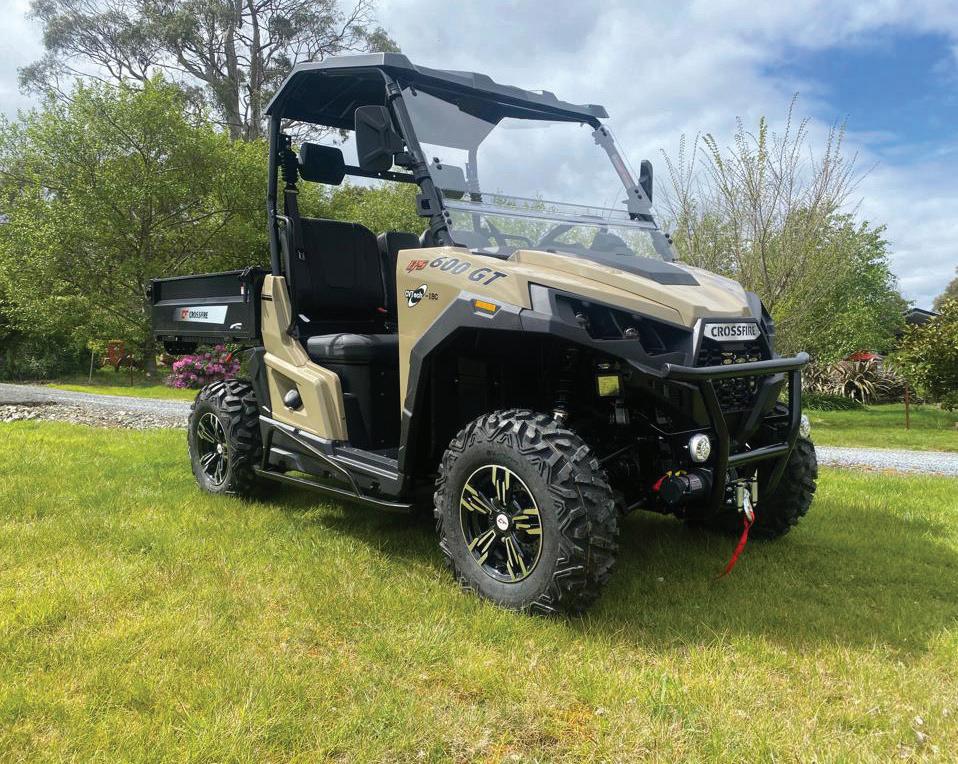
CALL 02 6644 9395














